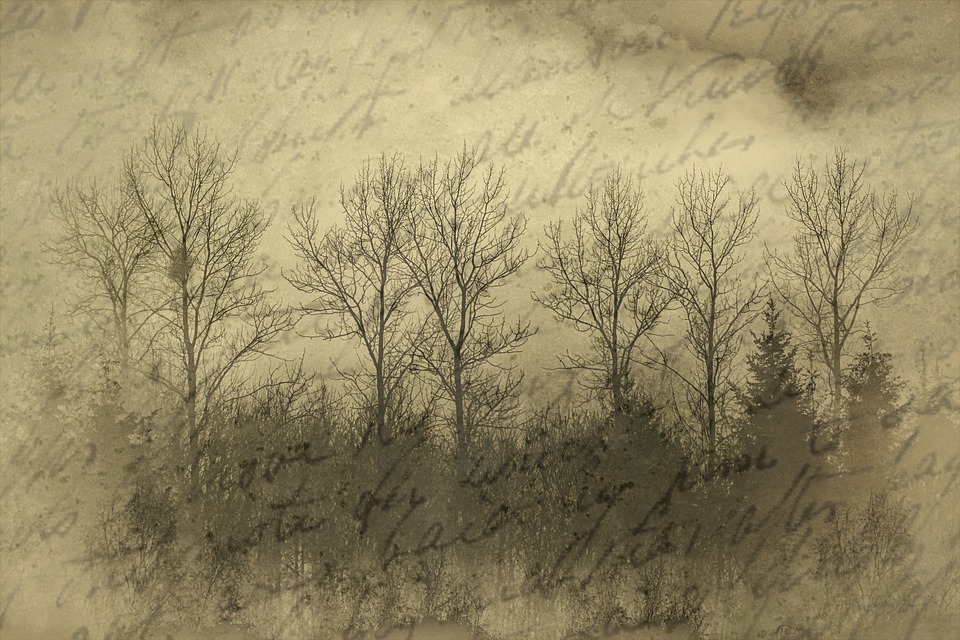”Many writers are also wounded healers. In the case of [James] Joyce, we find someone who wrote books in order to transform personal and collective trauma into art. The personal traumas related to the death of Joyce’s young brother (alluded to in the first of his famous ‘Epiphanies’) and a brutal mugging in Dublin in 1904. The collective trauma related primarily, I believe, to the Irish famine. When Joyce visited Carl Jung in Zurich – hoping he would cure his daughter, Lucea-Jung replied that he could not cure Lucea’s madness and that Joyce had only managed to cure his own by writing Ulysses! In short, Joyce is Stephen Dedalus “writing the book of himself ‘ in order to save himself from melancholy.
Shakespeare wrote Hamlet the year his son, Hamnet, died and his own father, John Shakespeare, was dying. The play is about the transmission of mortal trauma between fathers and sons. In short, Shakespeare wrote ”the book of himself ‘ in order to avoid the madness of melancholy, that is, in order to properly mourn his father and his son in a way that he was unable to do in real life. The play itself thus serves as a symbolic ‘working through’ of an otherwise irresoluble crisis in which a father (King Hamlet) commands his son (Prince Hamlet) to do something impossible: that is, to remember what cannot be remembered! To tell something that cannot be told. A double injunction. An unbearable burden. An impossible story.
Stories become cathartic to the extent that they combine empathic imagination with a certain acknowledgment of the cause and context of the suffering, thereby offering a wider lens to review insufferable pain. The degree of detachment afforded by the narrative representation may be small indeed, but without it one would be smothered by trauma to the point of numbness.
Wounded healers are those, in sum, who maintain such equilibrium in a subtle interplay of word and touch, narrativity and tactility, effect and affect. To have the ‘healing touch’ means knowing when it is time to listen and when it is time to speak. When to draw close and when to draw back. When to hold and when to withhold. In the final analysis, it’s a matter of tact.”
Note: These are extracts from Richard Kearney’s chapter, “The hermeneutics of wounds” in the 2018 book “Unconscious Incarnations: Psychoanalytical and Philosophical Perspectives of the Body”, edited by Brian W Becker, John Panteleimon Manoussakis, and David M Goodman, pp. 29 -36.
